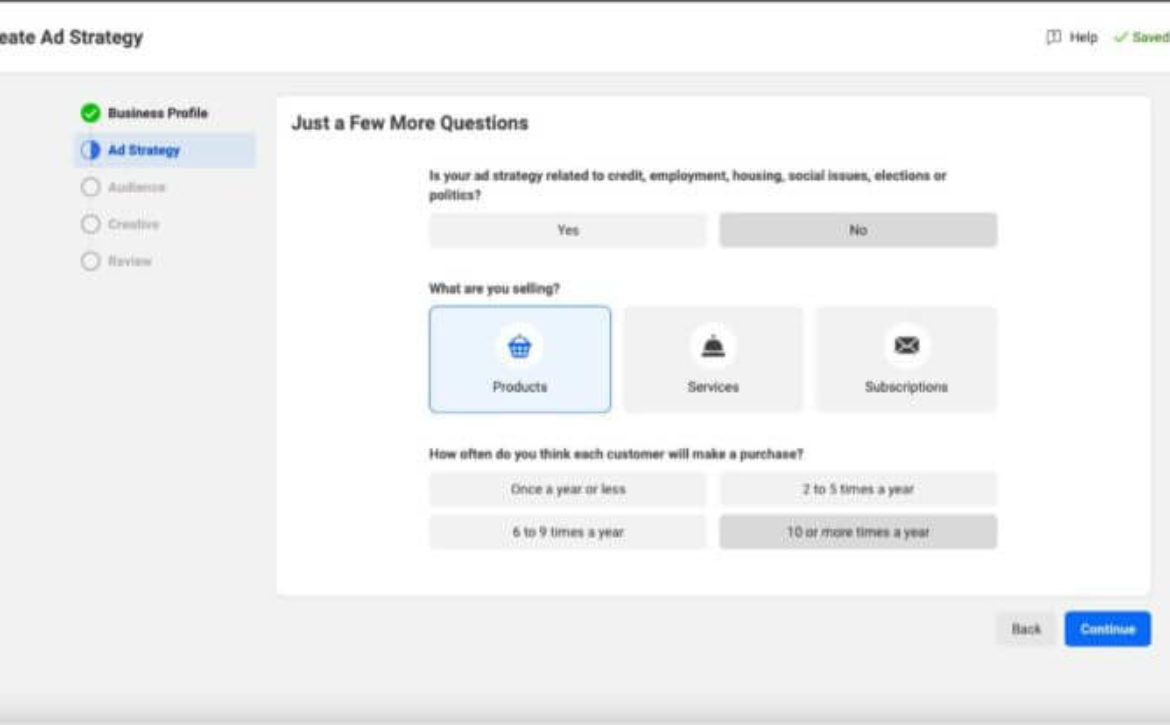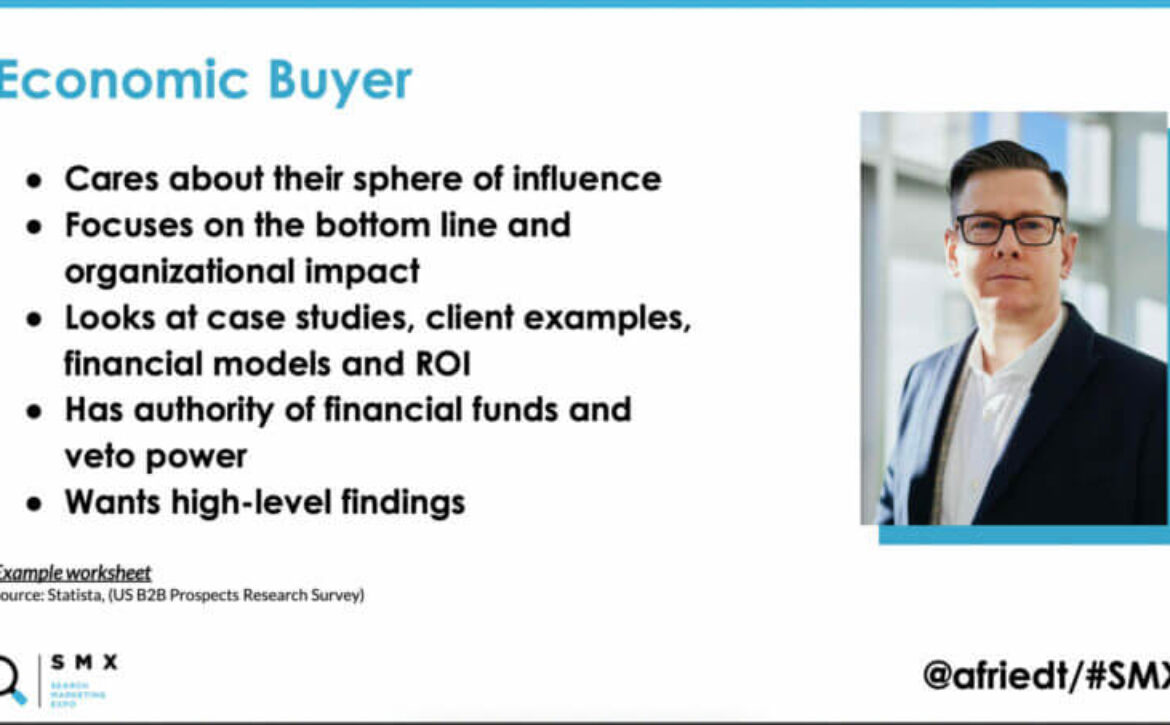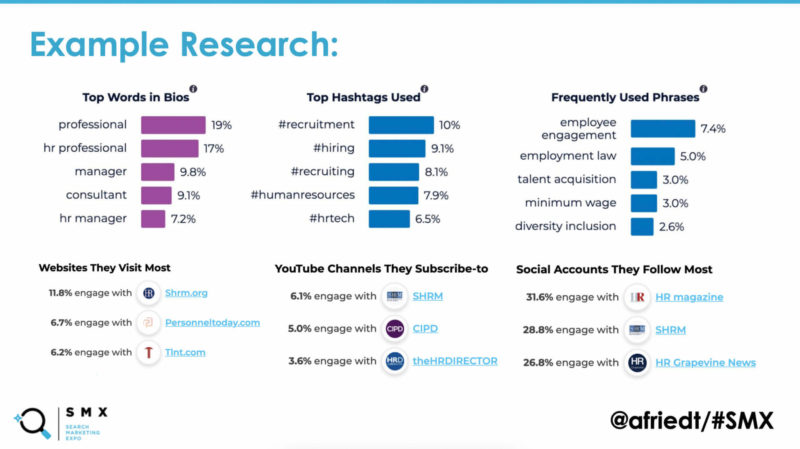Why consumer privacy is Google’s ace in the hole
The latest earnings announcements from Alphabet and Facebook have made it abundantly clear that the consumer privacy movement is creating a competitive advantage for Google. It’s important that businesses understand this reality as Big Tech firms enact tougher privacy controls.
Since January 2020, both Apple and Google have made some big moves in the name of protecting consumer privacy. These changes are affecting businesses everywhere:
- In January 2020, Google said that the company would phase out third-party cookies on Chrome, the world’s most popular browser. As a result, advertisers would lose the ability to serve up highly targeted ads based on tracking consumer activity on Chrome. Google later postponed its timetable for doing this after regulators stepped in and insisted on having oversight with the process.
- In 2021, Apple enacted the Application Tracking Transparency (ATT) privacy control as part of an update to its operating system for Apple devices. ATT requires apps to get the user’s permission before tracking their data across apps or websites owned by other companies for advertising, or sharing their data with data brokers. As much as 96% of users in the United States are opting out of having their behavior tracked.
These changes are doing something else, too: they’re making Google stronger.
The impact of Google’s privacy controls
Phasing out third-party cookies in Chrome helps Google in two important ways and makes its ecosystem stronger. The demise of third-party cookies is quite convenient for Google sites such as Google Maps and YouTube. That’s because they use first-party cookies to track user behavior. Therefore, those sites become more appealing to advertisers that wish to continue serving up targeted ads working with Google. As Alphabet reported, YouTube’s advertising revenue for the third-quarter 2021 was $7.2 billion, up from $5.04 billion a year ago.
Meanwhile, Google is building its own open-source program that is intended to help businesses serve up targeted ads without using third-party data. This program is known as FLoC (Federated Learning of Cohorts). FLoC will make it possible for businesses to group people based on their common browsing behavior instead of using third-party cookies. According to a Google blog post, “Our tests of FLoC to reach in-market and affinity Google Audiences show that advertisers can expect to see at least 95% of the conversions per dollar spent when compared to cookie-based advertising. The specific result depends on the strength of the clustering algorithm that FLoC uses and the type of audience being reached.”
I cannot overstate how important it is for Google to grow its ad revenues, which were $53 billion for the third quarter. Google is clearly succeeding. But a number of players, notably Amazon Advertising and Facebook, present a threat. Google will do everything in its power to fend off its competition and grow its cash cow.
But, why bother to do all this? Because Google is reading the room: Consumer privacy has been a hot-button issue in recent years. Legislators all over the world have been pressuring Big Tech to protect consumer privacy more carefully. And, you have to give Google credit for how adroitly the company is acting here. The company is making its own sites more attractive while giving advertisers the means to continue working with Google Advertising using its own open-source program.
The impact of Apple’s privacy controls
Apple’s ATT is already having an impact in some interesting ways. First off, as users opt-out of having their privacy tracked, social media sites such as Facebook, which track user behavior to serve up targeted ads, are taking a $10 billion revenue hit (and counting). This also affects Google’s ad rival Facebook — thus helping Google. In addition, some advertisers are taking their business to the Google Android operating system, creating another boon for Google. As The Wall Street Journal noted, “ . . . many brands have shifted their ad spending to Google because its flagship search-ad business relies on customer intent—users’ search terms immediately reveal what they are interested in—rather than data collected from app and web tracking.”
What businesses should do
It’s important that businesses continue to watch and react. Even though Google’s war on third-party cookies was slowed down by regulators, the writing is on the wall: advertisers need to be prepared to tap into their first-party data to create more relevant content. This means, among other things, monitoring the tools that Google is developing to help advertisers do that.
Advertisers should also keep a close eye on how retailers such as Amazon and Walmart are successfully mining their own first-party data to offer targeted ad products. Google is not the only game in town. Retailer-based advertising gives businesses the means to reach people who are shopping with an intent to buy. After all, Amazon is the most popular platform for product search. But, more importantly, it’s time for businesses to lean on their own data to build relationships.
The post Why consumer privacy is Google’s ace in the hole appeared first on Search Engine Land.











